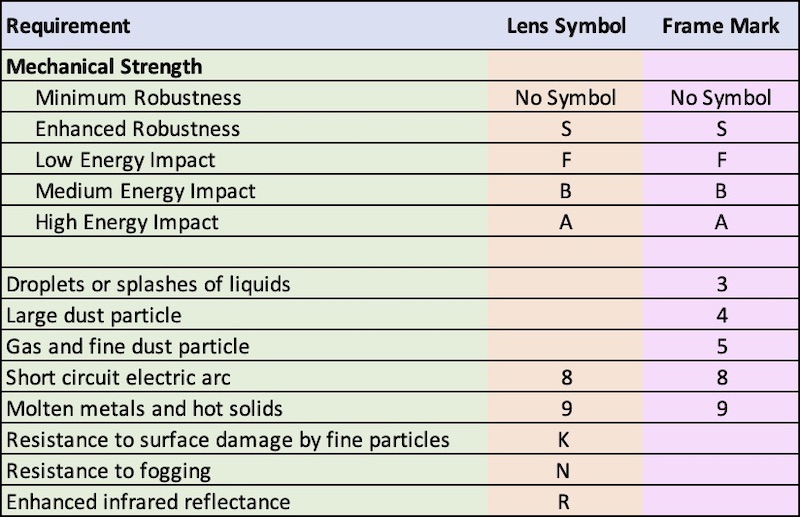Safety
PPE
The reason for PPE is to stop you getting hurt, this can either be immediate like a cut to the hand or long-term like noise induced hearing loss. Just because you can’t see it happening doesn’t mean you aren’t at harm.
There are some really basic safety things to do when working in a workshop or on a vehicle. Wear sensible clothing and footwear. If lifting heavy items then toe protection is a must, some say always wear it as you won’t stop to put it on when needed. Use gloves when handling wood, metal or plastics. The correct gloves are important, disposable nitrile gloves are great when using Sika adhesive but not when using a Stanley knife. Also, there are certain power tools and machines where gloves should not be worn as they may get caught in the tool and pull your hand in.
When using tools always be aware of things and people around you, you don’t want to be cutting away from you just to stab your wife! Only use a tool for what it was designed to do and use it properly following the instruction manual. Power tools are extremely dangerous and familiarity can lead to carelessness. ALWAYS unplug when changing blades or putting yourself anywhere near a moving blade.
There are three major bits of PPE that everyone should use.
1.Face Mask
2.Ear Protection
3.Eye Protection
1. Face Mask
A FFP mask (Filtering Facepiece Particles, also called respiratory protection mask) is a protective mask that protects against dust particles and droplets in the air. EN 149 standard defines three classes of filter efficiency for these masks, FFP1, FFP2 and FFP3 (also referred to as P1, P2 & P3). The half-face mask, which means that it protects the chin, nose and mouth, is most probably the best for DIY as it has replaceable filters and uses an exhaust valve to prevent condensation in the mask. The mask should be correctly adjusted to the face and the inhale and exhale tested to ensure there is no bypass. (OEL - Occupational Exposure Limit)
Dust can cause lung diseases, such as silicosis, anthracosis, asbestosis and cancer.
The half mask I use with P3 filters attached.
This is a very comfortable mask to use for long periods as it has an exhaust valve and a large headband.
Check the filters for type, mine is P3 R.
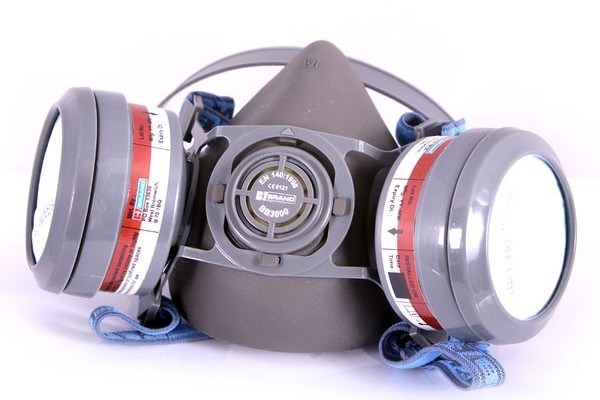
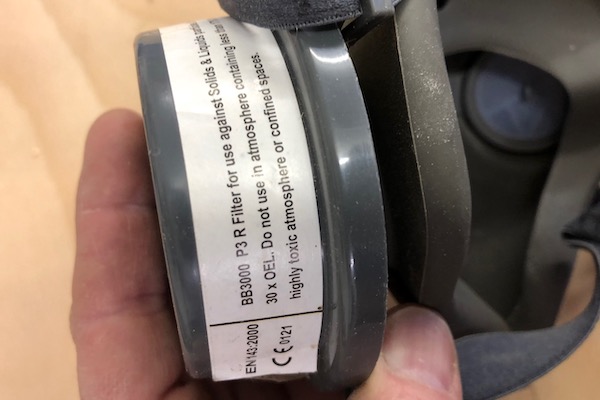
Types of Face Mask
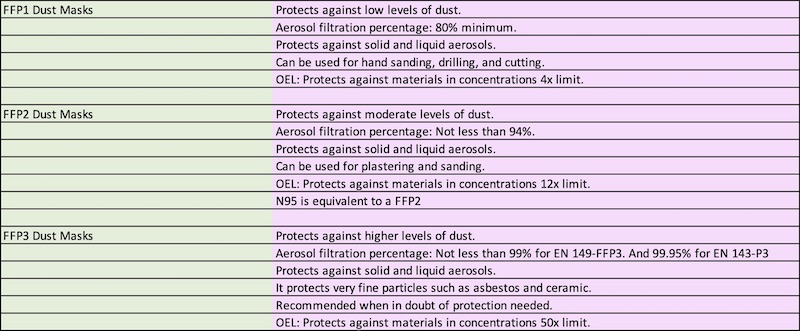
2. Ear Protection
There are different types of ear protection.
Here are the two types I use. Defenders for workshop use is the most practical. Ear plugs can be used on thier own or used for with Ear Defenders for very loud noises.
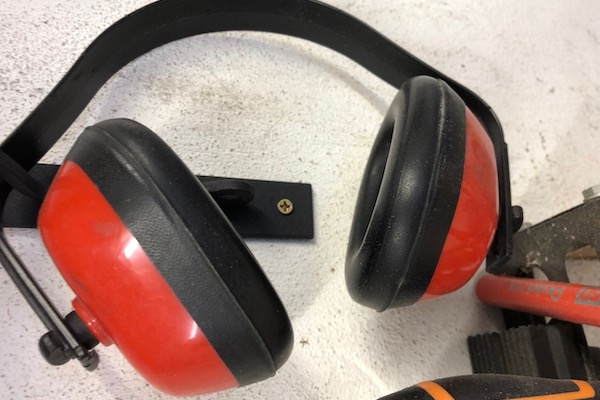

This is most probably the PPE that will not be used as the damage is not apparent immediately. Noise induced hearing loss is normally not perceived until you get to 40-50 and by then it is too late.
When you are choosing the correct hearing protection, consider the level of noise that needs to be filtered out and what level of sound should be kept (eg: warning signals etc). To do this, you need to decide between simple ear plugs or ear defenders, earplugs generally offer more but ear defenders are generally more comfortable for long periods and easier to keep clean.
All ear protection should have a value for the amount of attenuation (sound reduction) it can provide, the single number rating (SNR) in Europe and Noise Reduction Rating (NRR) in US, this will be between 22 and 33 dB and for earplugs and ear is between 20 and 30 dB for ear defenders. However, combining the two will provide additional, and perhaps the best, protection. Keep in mind that a normal conversation is about 60 dB, and sounds of 85 dB and higher are harmful, depending on the length of exposure.
To figure out how much hearing protection your device offers here is a basic formula: ([SNR in dB] - 7) ÷ 2 = sound level you will experience. For example, the noise exposure from a saw is 100 dB and you are wearing a 33 dB hearing protection device. The noise level you would hear is 87 dB (33dB - 7 = 26 ... 26 ÷ 2 = 13 ... 100 - 13 = 87dB). Also, a product with a hearing protection level of 27 dB would deduct 10 decibels of sound from your environment (27dB - 7) ÷ 2 = 10.
You must understand what level of sound you are exposed to in order to calculate the minimum decibels of protection you need. You should aim to reduce sound to around 80 dB, with the upper limit being 87 dB. Most hearing protection has an eight-hour exposure rating.
If you use two devices (ear plugs and defenders) the you add 5 dB to the highest value and then use this in the noise reduction calculation.
Check the ear protection for correct standard and often they have the SNR on them.
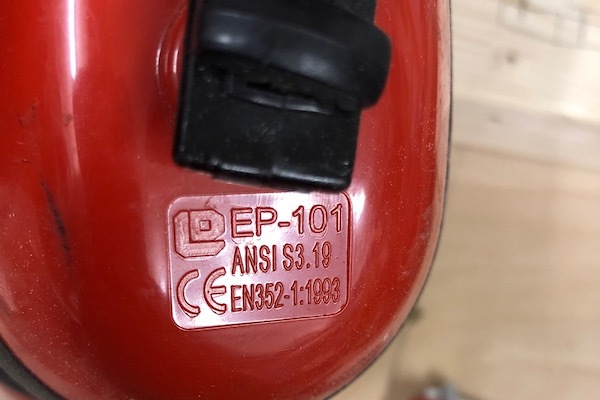
LAeq (8hr) is the equivalent noise level measurement used in industry to calculate noise exposure. This calculated the equivalent noise exposure over an 8 hour period so that you can experience different levels of noise and calculate the effect equivalent to being in a noise for 8 hours. So, to get an LAeq (8hr) of 85 dBA you could be exposed to 100 dBA for 10 minutes and then spend 7 hours 50 minutes at a level below 85 dBA to get a LAeq (8hr) value of 85 dBA. Rather than doing a lot of complicated calculations it is easier to select the appropriate hearing protection and use it when working at noise levels above 85 dBA.
3. Eye Protection
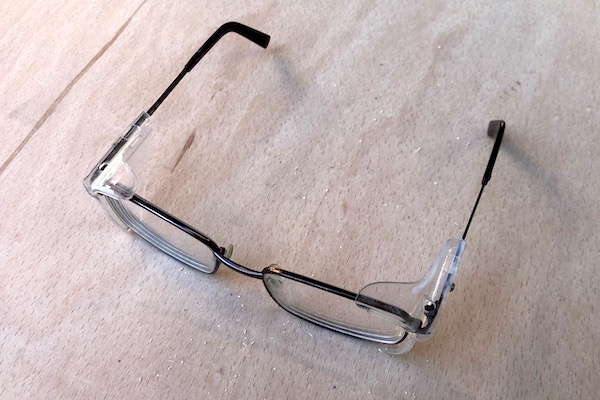


Eye protection is required whenever there could be a risk to the eyes. Protective eyewear is diverse and is designed to counter a variety of risks such as splatter, impact and light filtration. UV rays from the sun is one of the biggest risks to the eyes. To protect the eye from foreign objects, such as dust particles, caustic fluids or metal swarf shavings, suitable eye protection should be selected and worn where applicable.
Protective eyewear tends to be split into four categories: safety spectacles, goggles, visors/face shields and sunglasses. They should be manufactured to the EN 166 standard.
There are different types of eye protection.
Here are the three types I use. I have prescription safety glass because I'm short-sighted but I can also use standard impact protection and liquid protection goggles.
Check the eye protection for the level of protection and the safety standard. These goggles state they are EN166 34B, which means they will protect from droplets or splashes of liquids and large dust particles with a medium impact rating.
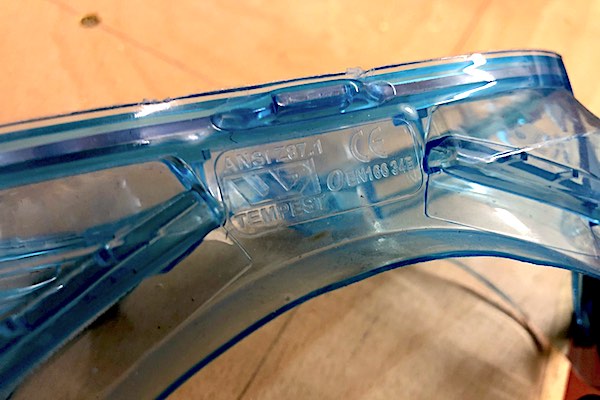
Markings associated with the basic requirements for all protective eyewear:
